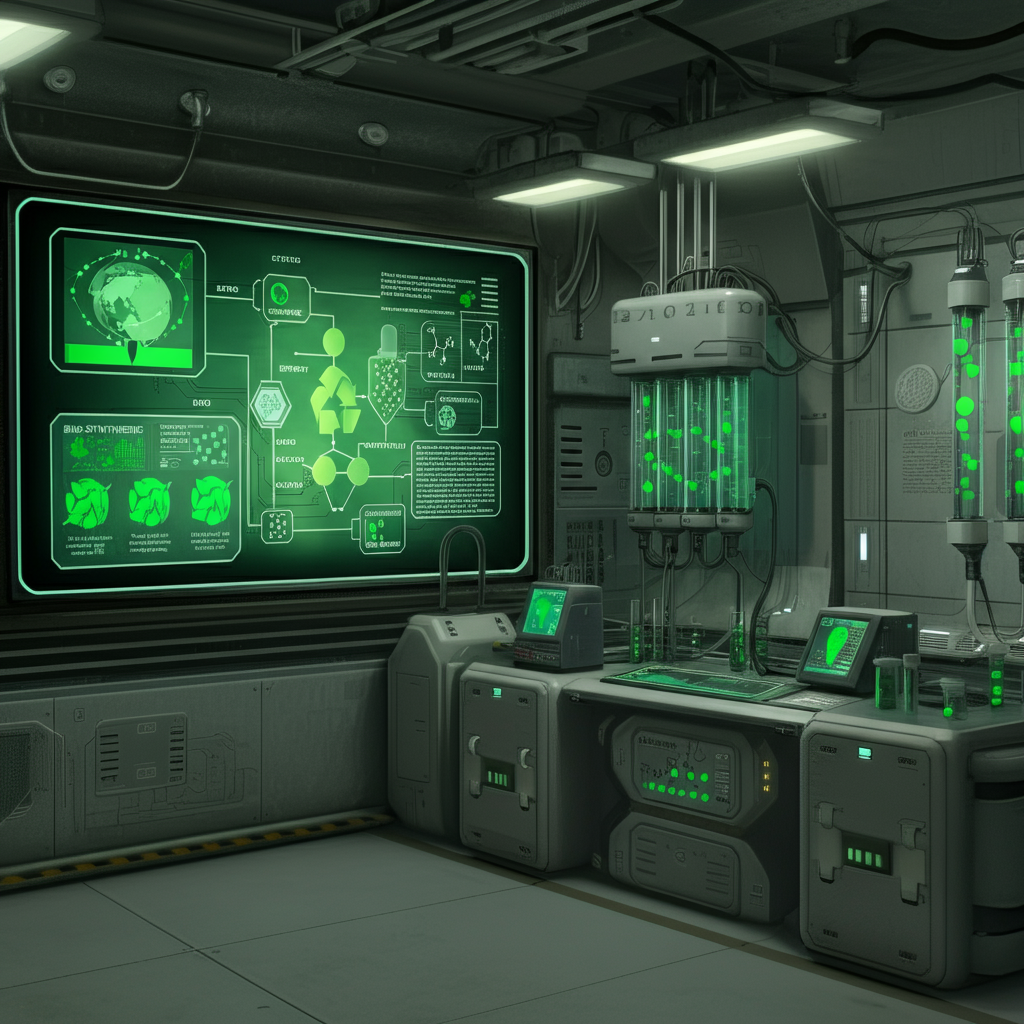Introduction to BT 23 Biosynthetic Technologies
The urgent need for sustainable solutions has never been more pressing, and BT 23 Biosynthetic Technologies are stepping forward as a groundbreaking innovation in this space. By harnessing advanced biotechnology and sustainable practices, these technologies aim to address pressing environmental challenges while offering practical applications across various industries.
This blog explores BT 23 Biosynthetic Technologies, their environmental impact, the biosynthetic process, and real-world applications. For environmental scientists, sustainable technology enthusiasts, and bioengineers, this guide offers a deep dive into the potential of BT 23 Biosynthetic Technologies to revolutionize sustainable development.
The Environmental Impact and Importance of Sustainable Technologies
Human activity has pushed our planet toward critical tipping points. The excessive reliance on traditional manufacturing processes, fossil fuels, and harmful chemicals has led to global environmental challenges such as climate change, deforestation, and water pollution.
Sustainable technologies, including biosynthetic advancements, are vital for mitigating these issues. Unlike traditional processes, biosynthetic technologies are designed to reduce carbon footprints, minimize resource depletion, and create biodegradable byproducts. BT 23 Biosynthetic Technologies represent a significant leap forward in the effort to decouple industrial growth and environmental degradation.
For instance, the biosynthetic approach often replaces petroleum-derived raw materials with bio-based alternatives, significantly reducing greenhouse gas emissions. For industries like plastic production, this shift could mean a dramatic decrease in plastic pollution and carbon-intensive supply chains.
Overview of the Biosynthetic Process and Its Applications
The term “biotechnology” often conjures images of laboratories and scientific experiments, but its application isn’t limited to theory—biosynthetic technologies like BT 23 are reshaping real-world industries.
How the Process Works
Biosynthesis refers to the artificial creation of complex compounds using biological systems, such as microorganisms, enzymes, or plants. The BT 23 process leverages microbial engineering to convert renewable feedstocks (such as sugars or agricultural waste) into valuable chemical compounds. These compounds are then utilized in various applications, from bioplastics to bio-based fuels.
One example of this process is the use of engineered bacteria to ferment agricultural byproducts into biodegradable polymers. These new materials retain the functionality of traditional plastics while being entirely compostable.
Key Applications of BT 23 Biosynthetic Technologies
- Pharmaceuticals
The pharmaceutical industry heavily relies on biosynthetic methods for producing drugs like insulin or antibiotics. BT 23 Biosynthetic Technologies enhance efficiency in drug synthesis, reducing costs and environmental impacts.
- Bio-Based Materials
From eco-friendly textiles to biodegradable plastics, biosynthetic technologies are revolutionizing the materials industry. Bioengineers have innovated durable materials that maintain performance without harming ecosystems.
- Alternative Energy
Bioengineered fuels offer alternatives to petroleum-based energy. Through biosynthetic processes, BT 23 creates fuels with low emissions and high energy output, making renewable energy more accessible.
Case Studies of BT 23 Biosynthetic Technologies in Action
Case Study 1: Sustainable Manufacturing in Textiles
A textile company adopted BT 23 biosynthetic methods to produce alternative polyesters from renewable plant sources. Compared to traditional polyester production, the biosynthetic process cut energy consumption by 40% and lowered CO2 emissions by 50%.
Case Study 2: Reduced Agricultural Waste Through Fermentation
BT 23 was used to transform corn stover into valuable bio-based chemicals. This innovation decreased agricultural waste disposal costs and provided farmers with an additional revenue stream while reducing industrial reliance on non-renewable chemicals.
Case Study 3: Biodegradable Packaging Solutions
A leading e-commerce company partnered with BT 23 technology providers to develop compostable packaging. Within 12 months, the project successfully replaced 70% of the company’s traditional packaging material, meeting customer demand for sustainable products.
Advantages and Challenges of Implementing BT 23 Biosynthetic Technologies
Advantages
- Environmental Benefits
- Reduced waste and emissions.
- Conservation of natural resources.
- Strong alignment with global climate goals.
- Economic Opportunities
- Creation of new markets and revenue streams.
- Decreased dependency on volatile fossil fuel supplies.
- Scalability
- The modular design of biosynthetic systems allows easy scalability for various industrial applications.
Challenges
- Cost Concerns
Initial investment and research funding for biosynthetic systems can be substantial. Without government incentives or subsidies, small- and medium-sized firms may struggle to adopt the technology.
- Public Perception
Many industries face resistance due to a lack of awareness or skepticism surrounding biosynthetic innovations. Transparent communication of benefits and risks is crucial.
- Technical Bottlenecks
Not all biosynthetic processes are commercially viable yet, and consistent advancements in genetic engineering and metabolic design are necessary to tackle performance inconsistencies.
Future Prospects and Innovations in Biosynthetic Technology
The field of BT 23 Biosynthetic Technologies is evolving at a rapid pace, promising several innovations on the horizon.
- Precision Gene Editing
Thanks to CRISPR technology, the precision of future biosynthetic processes will improve, allowing the creation of even more complex compounds at an industrial scale.
- Waste-to-Value Approaches
Emerging innovations are focusing on recycling waste to create high-value products like biofuels, biolubricants, and nutraceuticals.
- Data-Driven Optimization
Integrating AI and machine learning with biosynthetic techniques can optimize supply chains and reduce waste in production processes, maximizing efficiency.
The potential is limitless, and industries across the board will look to researchers, engineers, and policymakers to shape the trajectory of this technology.
Partnering for a Greener Tomorrow
Environmental scientists, sustainable technology enthusiasts, and bioengineers are at the forefront of integrating breakthroughs like BT 23 Biosynthetic Technologies into the broader landscape of sustainability. Your role is pivotal—not just in innovating solutions, but in advocating for their widespread adoption and ensuring a greener, livable future for the planet.
Stay curious, stay informed, and stay committed to the cause. Together, we can redefine what’s possible.

